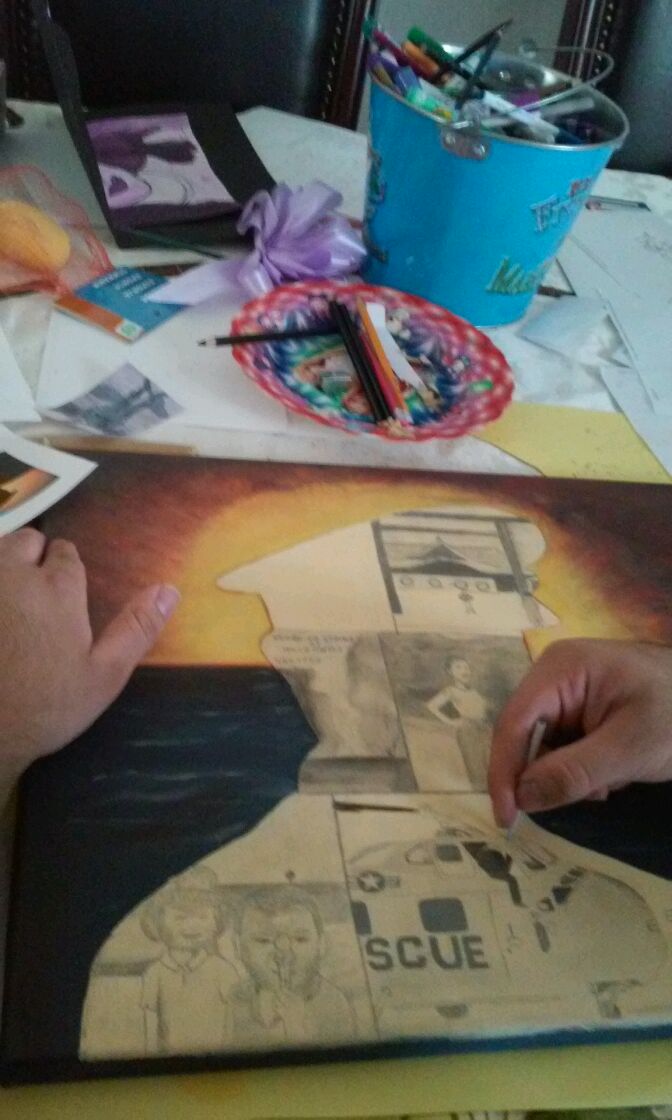ESRI Bringing It All Together
We are excited to show you our sample digital textbook lesson below. ESRI's ArcGIS online allows us to merge together amazing video interviews, artifacts, and interactive maps to bring a story to life for students. Click HERE to learn more about how to get a free account for your school.
High School Unit
These lessons, created by Dawn Blake in Allen Texas, can be used as an entire unit or taken a la cart depending on your schedule.
This unit contains multiple lessons leading up to the final mental map and/or art piece. Each lesson could be used alone or grouped into a smaller unit. The lessons differentiate to meet all students where they are in ability and interest. For the full unit plan click HERE.



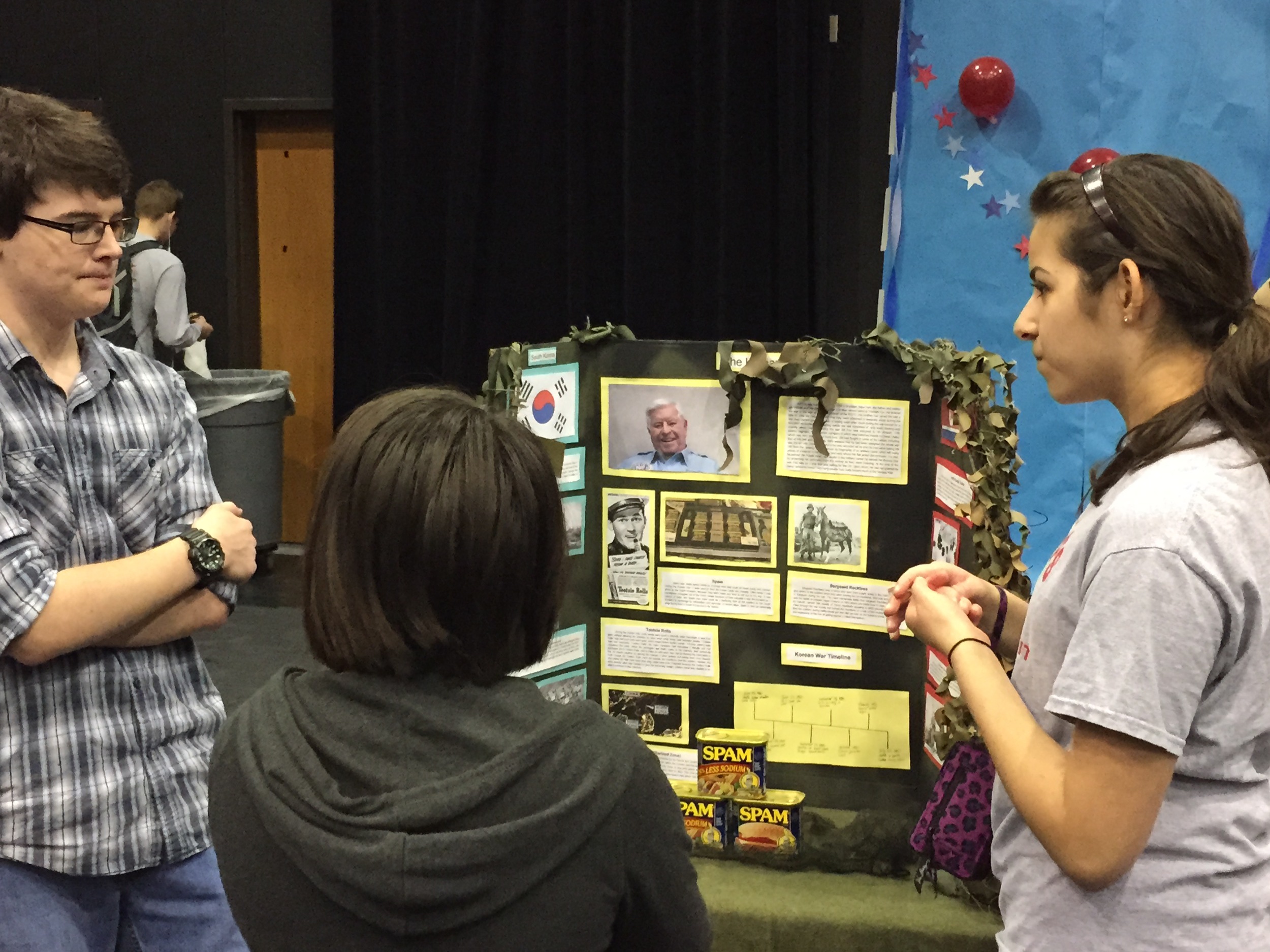
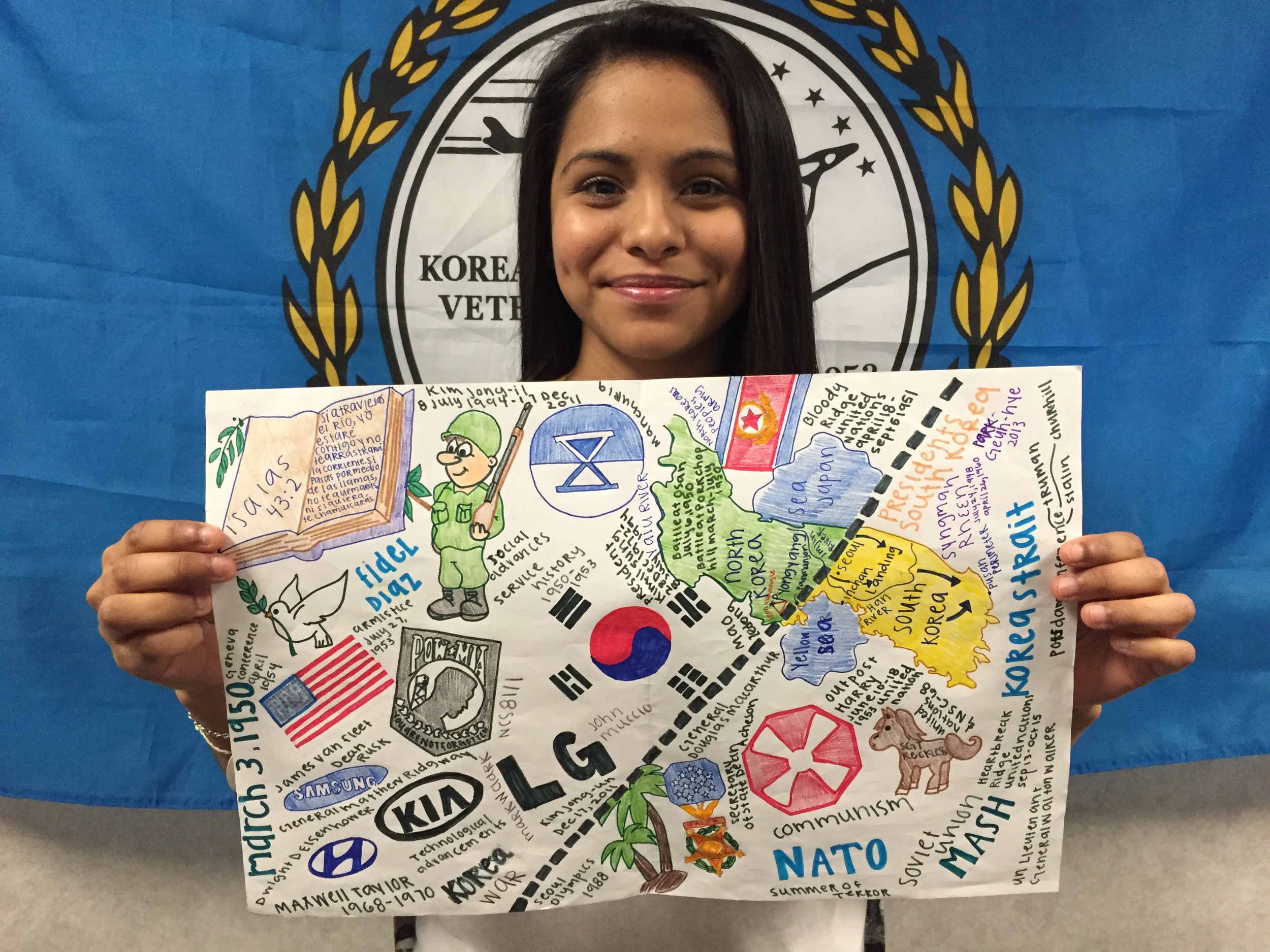
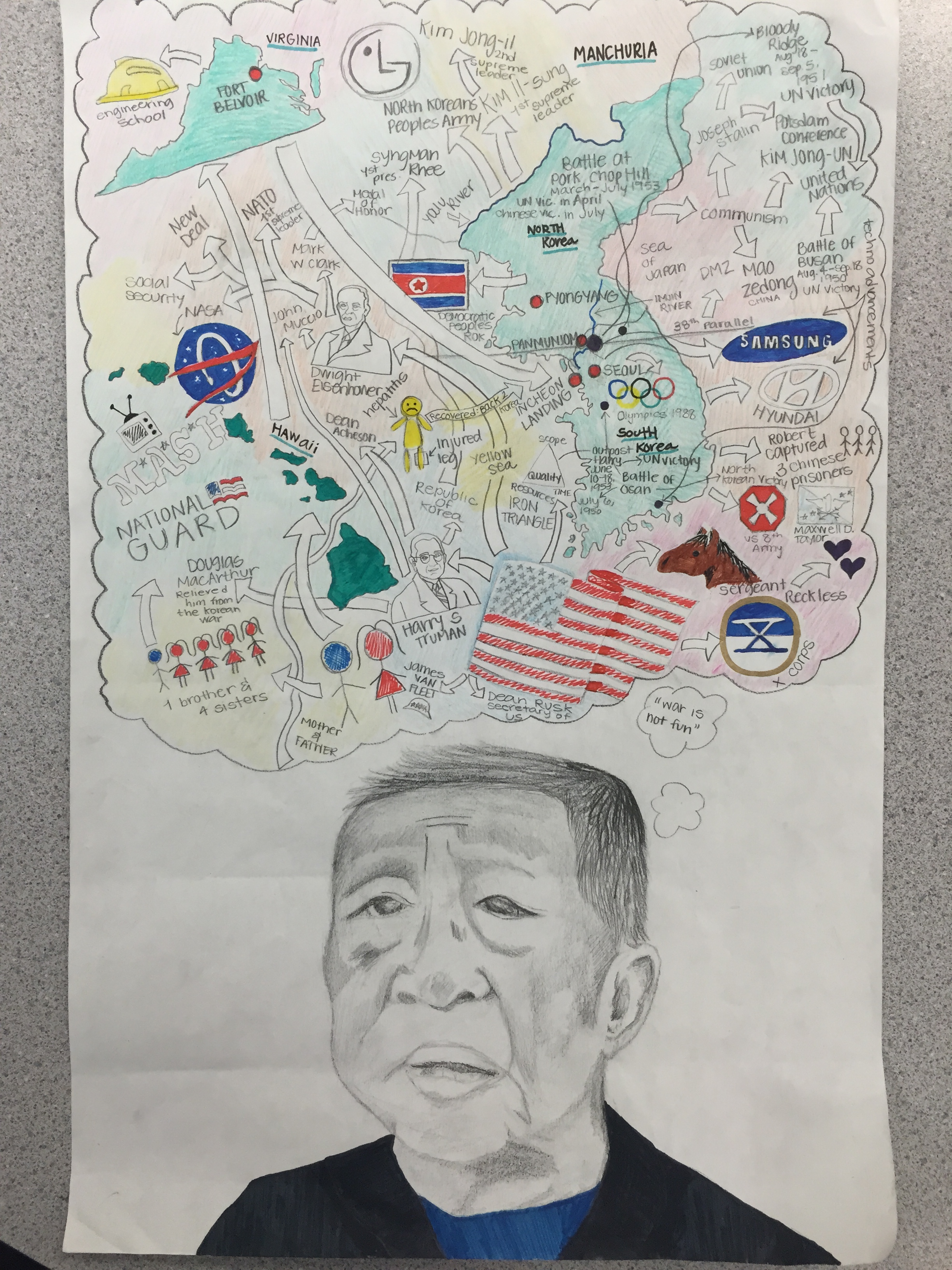
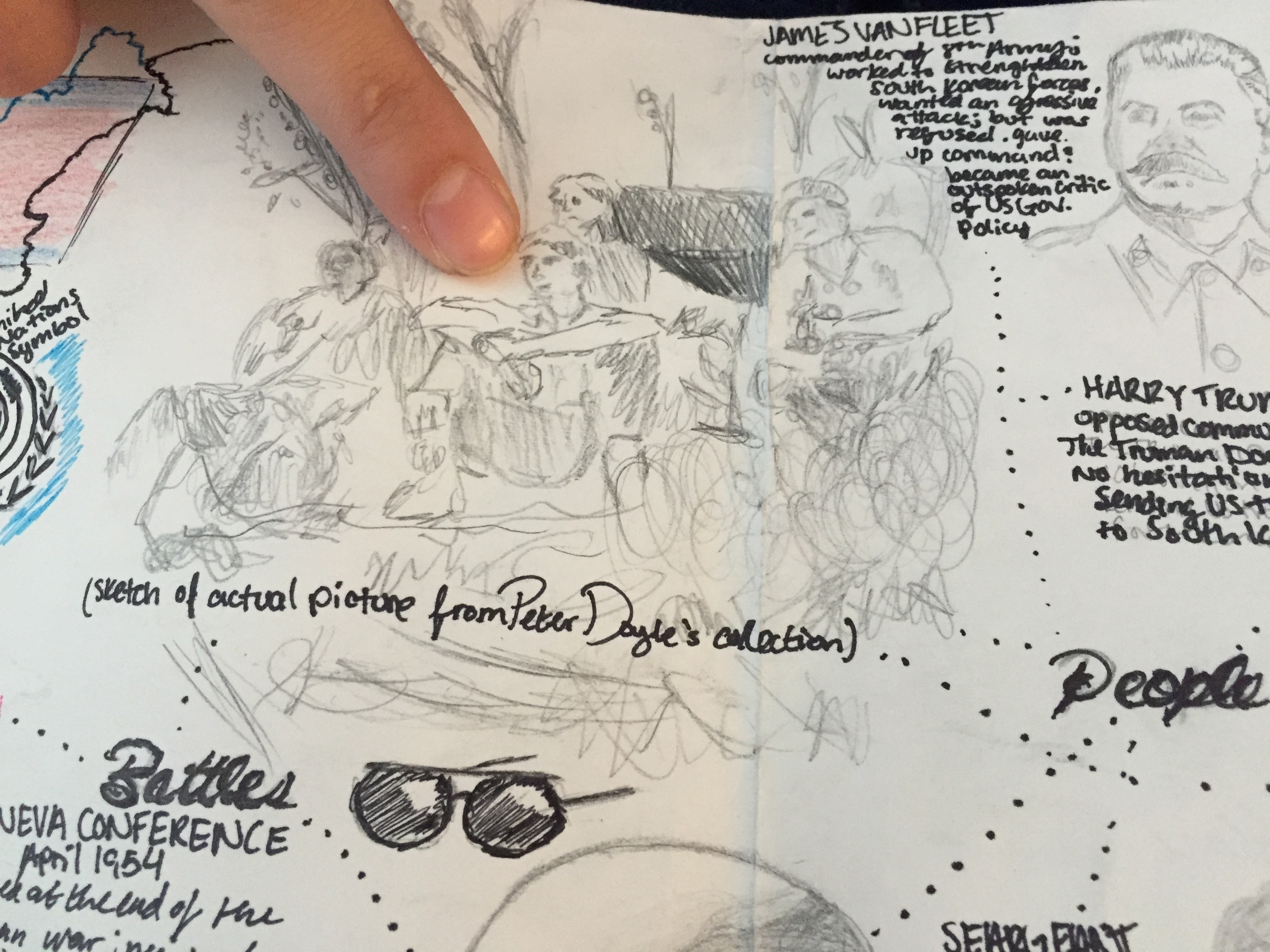
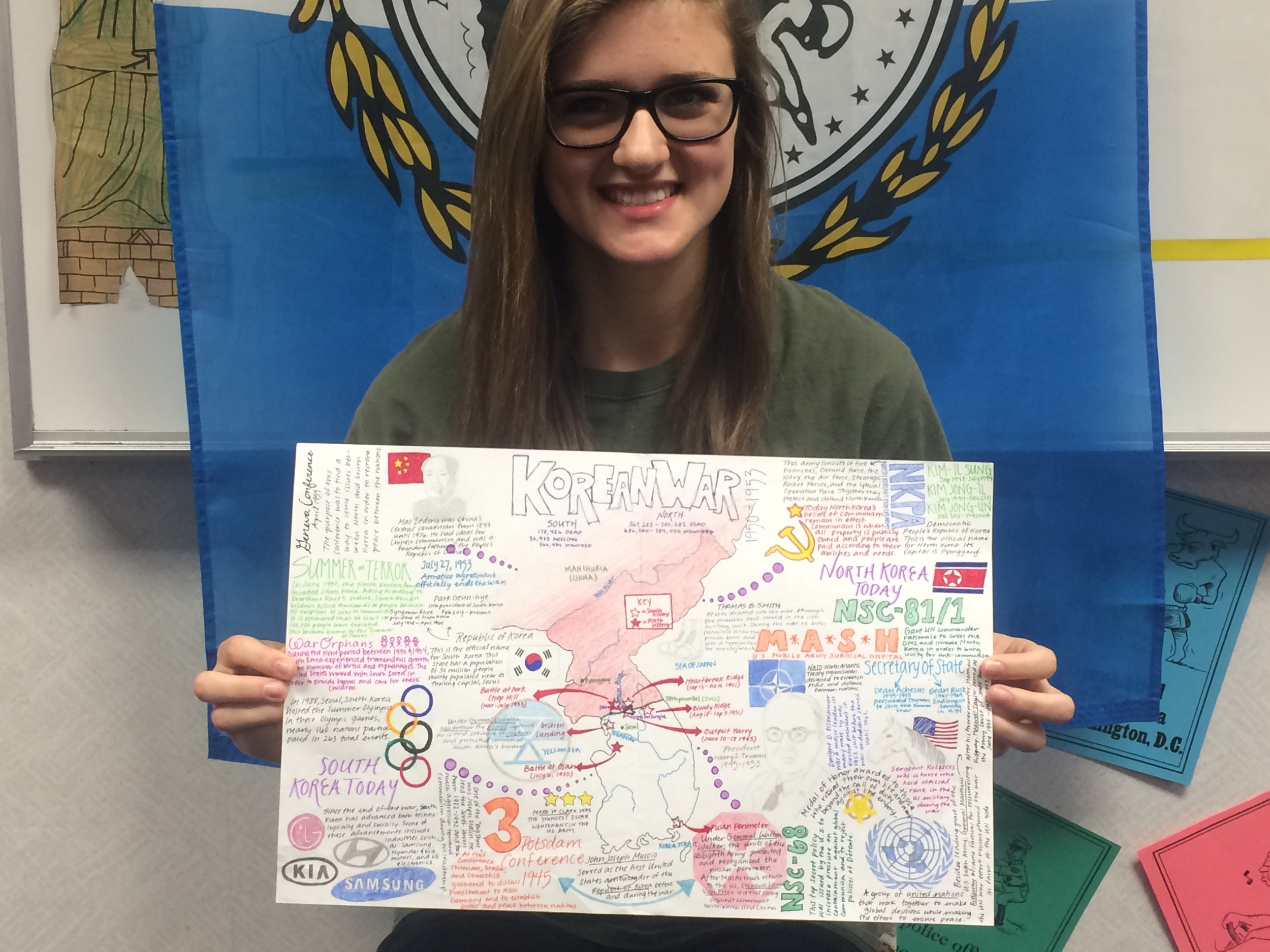
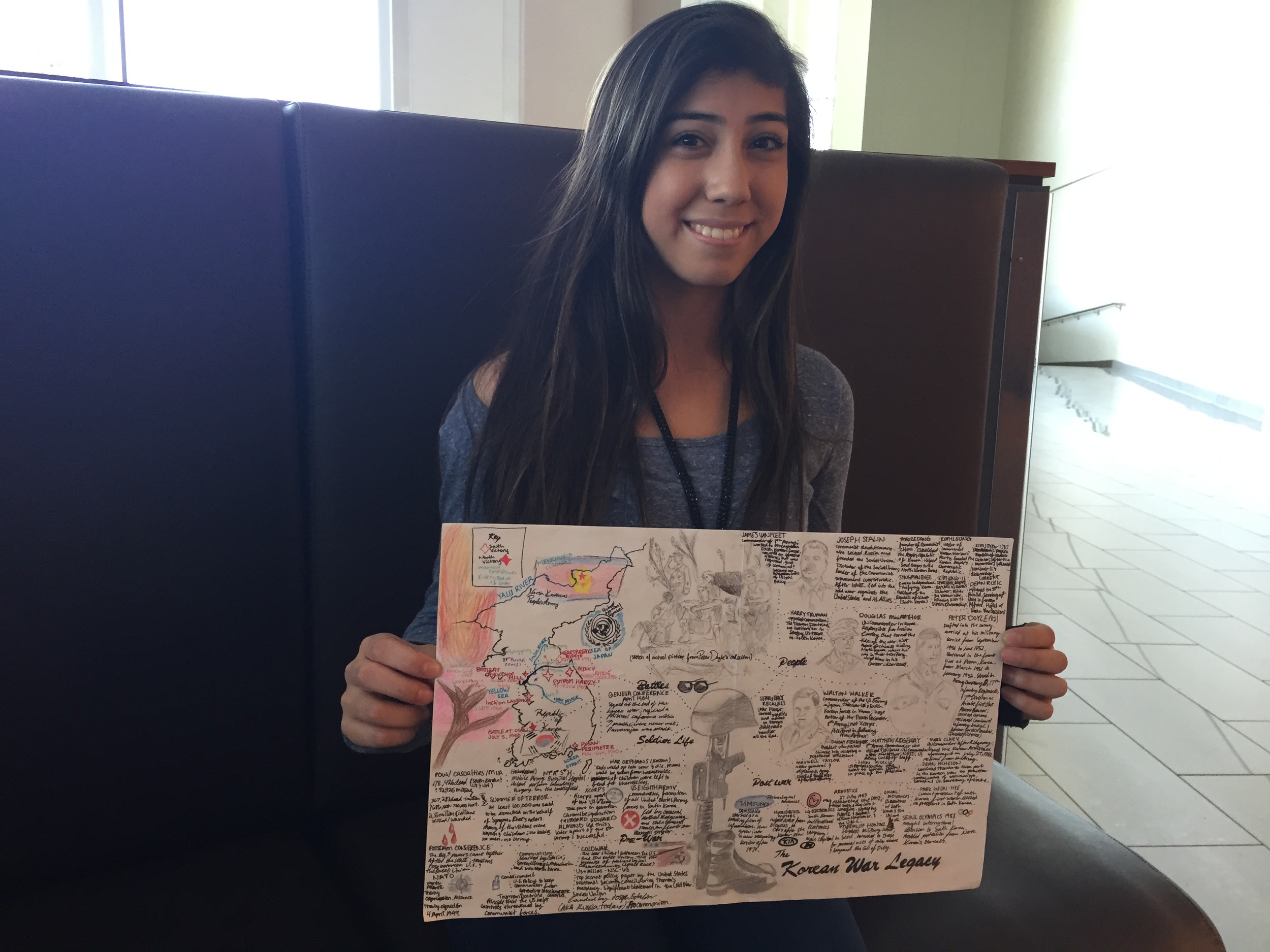
This is quick and casual walk through of our pilot digital textbook. For subtitles, be sure to click on the CC icon.
이것은 우리의 파일럿 디지털 교과서를 통해 신속 하 고 캐주얼 도보 이다. 자막, CC 아이콘을 클릭 해야 합니다.
If you would like to submit a lesson plan to our archive, please use this TEMPLATE. Please insert any necessary worksheets or organizers as additional pages to this document so future teachers can have everything they need to be successful with your lesson.
Middle School Unit
These lessons, created by Kathryn Ricker in Woodstock Georgia, can be used as a unit or taken a la cart depending on your schedule.
Lesson 1: Used to introduce the unit, or as a stand alone lesson about the beginning of the Korean War, this lesson uses common phrases and poetry to help students relate to Americans, Russians, and South Koreans as the war begins. You can find the lesson plan HERE.
Lesson 2: This lesson helps students learn how to analyze a primary source, and introduces them to the 38th parallel. Using video, maps, and dramatic photography, this lesson is sure to keep your students engaged from start to finish. You can find the lesson plan HERE.
Lesson 3: We strongly believe that the best learning occurs when students interact with veterans. That is why we love this lesson that gets students to create a biography while watching an interview of their choice from the archive. You can find the lesson plan HERE.
Lesson 4: Students learn best by doing, and for history that means coming up with new questions for research. This lesson gets students thinking about new topics, and creating their own questions for veterans based on sound research. You can find the lesson HERE.
Elementary School Unit
Lesson 1: This lesson is a mini unit unto itself. Students get background on the war, locate important places on a map, and get to analyze primary sources. With reading comprehension, critical thinking, and map skills, this lesson has it all. Find this lesson HERE.
2015 Conference Lessons
These lessons were contributed by our first teacher corps from all over the country. More lessons are being added all the time, so check back often.
Edward Dorgan created a great lesson that guides students through photographs with thoughtful questioning. Get the PPT HERE.
Sara Gibson set up an interview day with the help of her middle school students. See her presentation HERE.
Dana Howard created a lesson complete with maps, a timeline, and an interview. See her powerpoint HERE.
Ruth Judd and her students created a memorial garden. See how it was done HERE.
Teacher Tip: Is Youtube blocked in your school? You can download any youtube interviews from the archive or this site using this LINK. Simply paste the URL into the generator, and download the MP4 to your computer when not at school. Your kids can do the same from home and save the video to a flash drive.
Want to use music in your lesson? A website has put together compilations of the top hits for each year of the war, and you can access them on YouTube. Use the following links to access: 1950, 1951, 1952, 1953
When having you students research the war, consider using this extensive TIMELINE. It is part of a website created for the 60th anniversary of the war. There are even more resources on the rest of the site. It is a great place to start.


